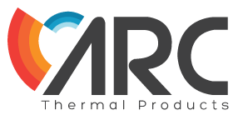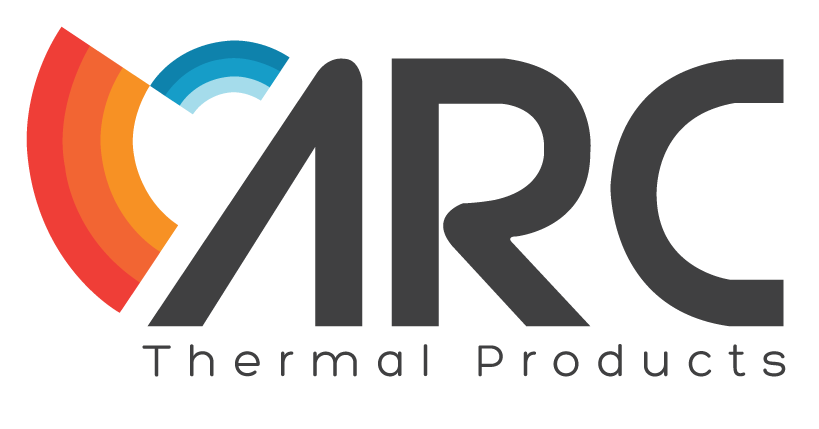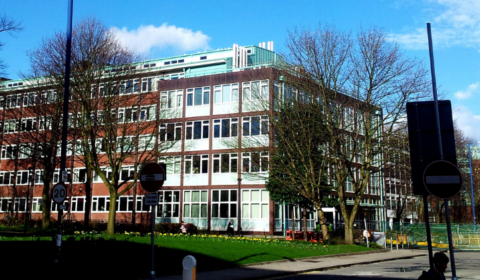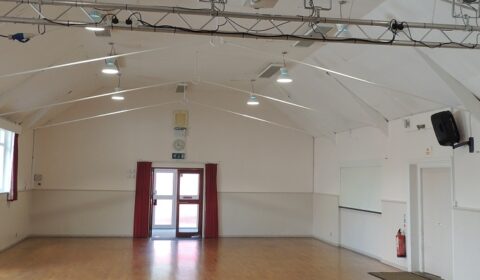We specialise in School heating and we know that there are specific challenges. There are many rooms to heat, including the main school hall and numerous classrooms. An important issue is cost, bearing in mind ever increasing energy bills.
It is often the case that existing school heating is a convection based system. This is usually ineffective at heating large spaces that have high ceilings.
Most of the warm air rises into the high ceiling void. Only when this air cools does it descend towards the floor where the occupants feel the benefit. These convection currents also draw in outside air through the leaky doors and windows, creating unpleasant cold drafts and cooling the rooms and spaces in your school.
Convection based heating also presents a challenge when adhering to the new COVID-19 guidelines regarding enclosed spaces. Opening windows means you lose the warm air you have paid to heat and the convection currents facilitate the spread of viruses.
Alternatively, you may have the old style short-wave infrared bar heaters which glow. They are hard to regulate. They create focused areas of heating, whilst leaving ‘cold spots’ throughout the school. They also make you ‘hot-headed’, when standing directly underneath them!
As specialists in school heating systems, we have a solution for you to address these issues.
Infrared heating

Infrared energy generated by medium and long-wave infrared heaters and panels travels inertly through the air.
It dissipates as heat upon contact with students, staff and surfaces. This creates a comfortable, all-round radiant warmth at lower air temperature.
The medium-wave heaters are ideal for ambient heating of large spaces like schools or sports halls, whilst the more gentle long-wave panels are suited to the ancillary rooms with lower ceilings.
Infrared heat takes minutes to reach comfort temperatures. Energy is never wasted in prolonged warm-up times.
If external doors are opened, allowing cold air to enter the building, radiant heating will recover comfort temperatures in minutes. Remember the infrared energy is stored safely in the thermal mass of the building, not in the air which has very poor thermal properties.
Infrared is also good for the building. This is in contrast to convection heating, where the moisture held within warm air condenses when it meets a cold surface. In turn, convection heating increases the likelihood of mould, wood rot, salt damp or flaking paintwork.
Infrared directly warms the surfaces which prevents condensation from forming.
To find out more about school heating, you are welcome to get in touch on 0800 210 0288 or via our online Contact Form.
Subscribe to our Newsletter
Keep up to date with our latest products, school installations and offers







